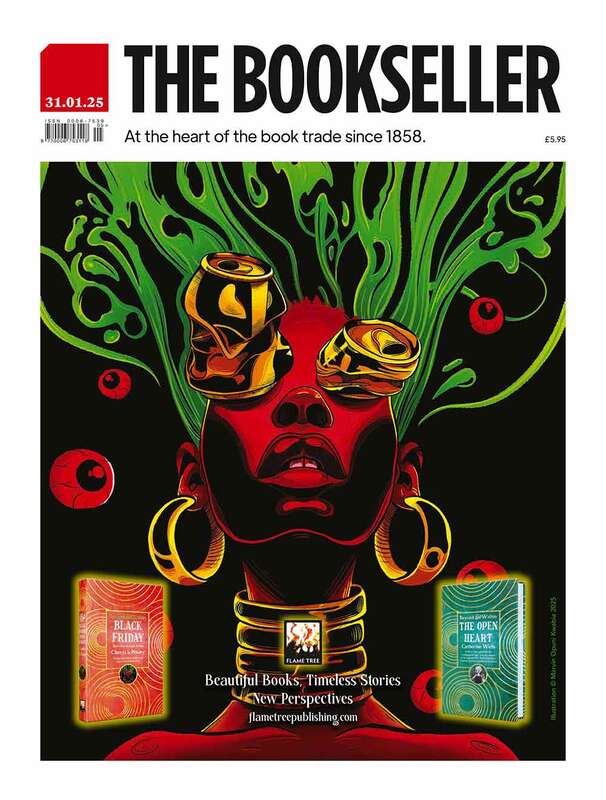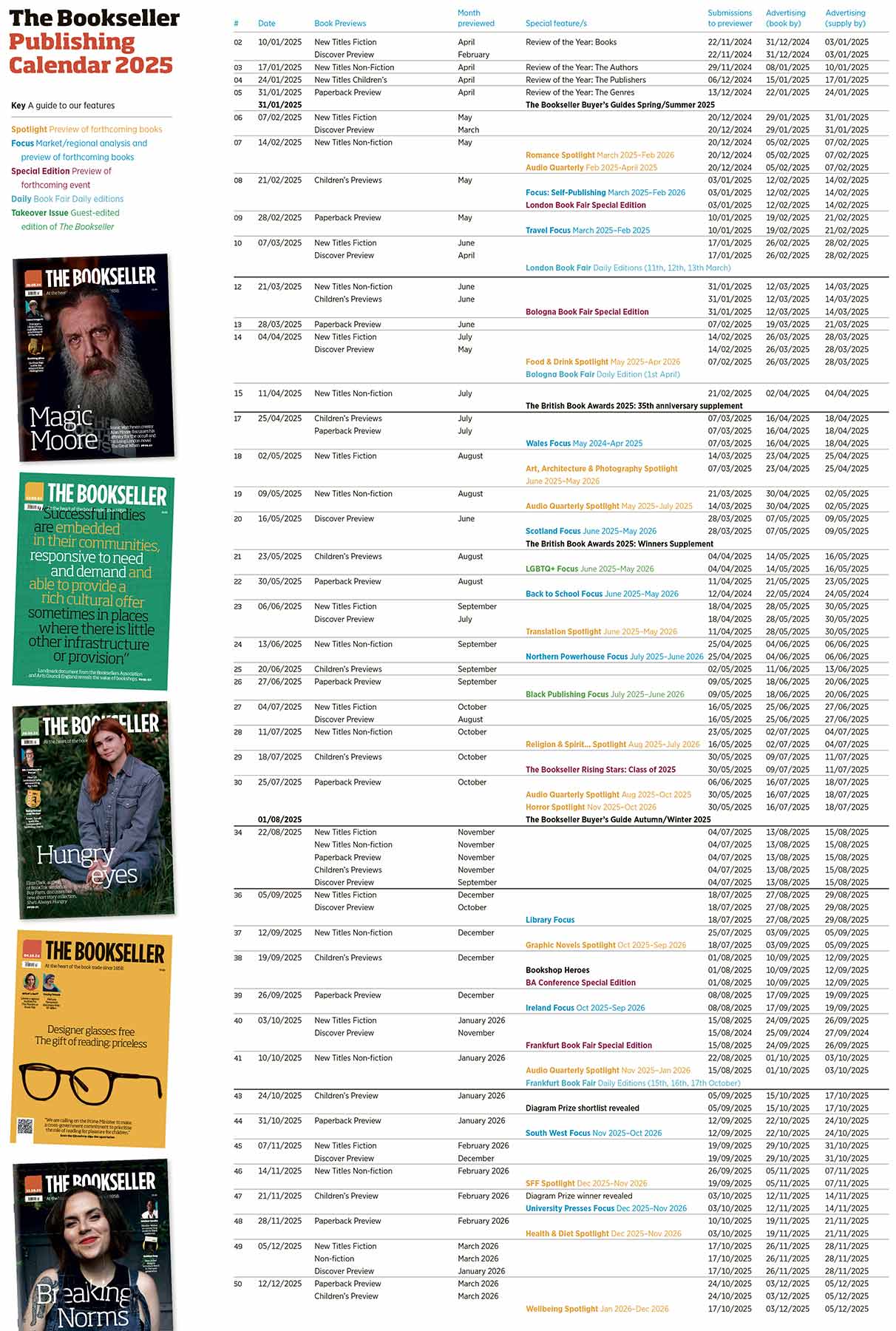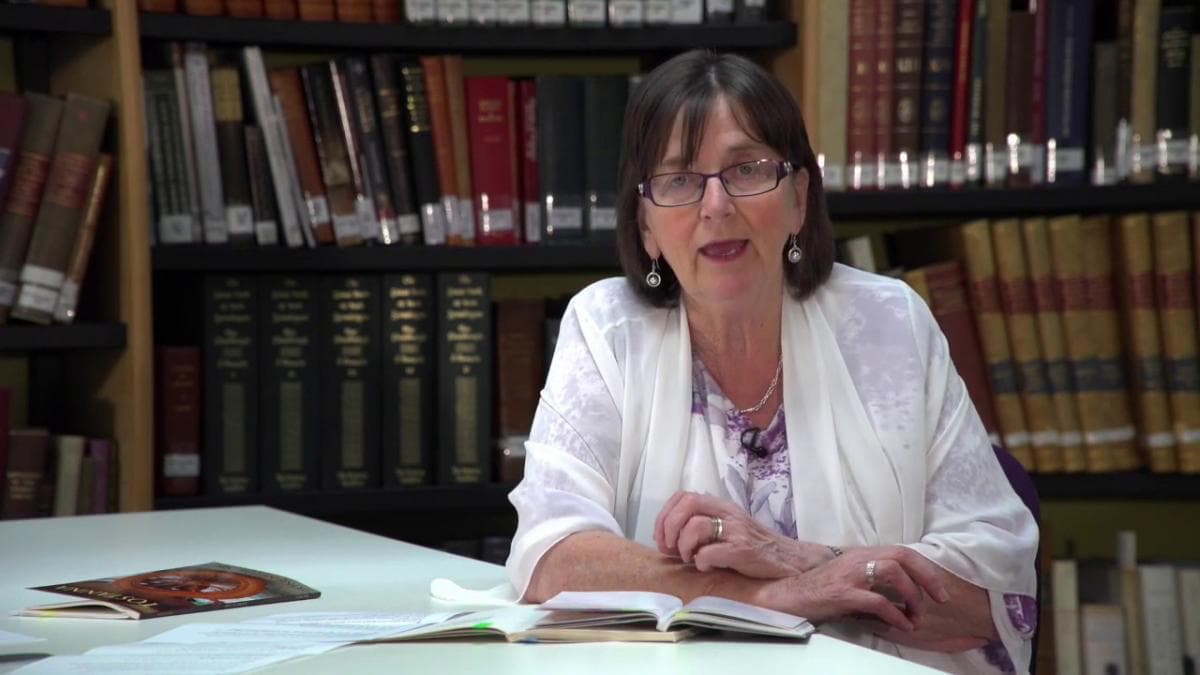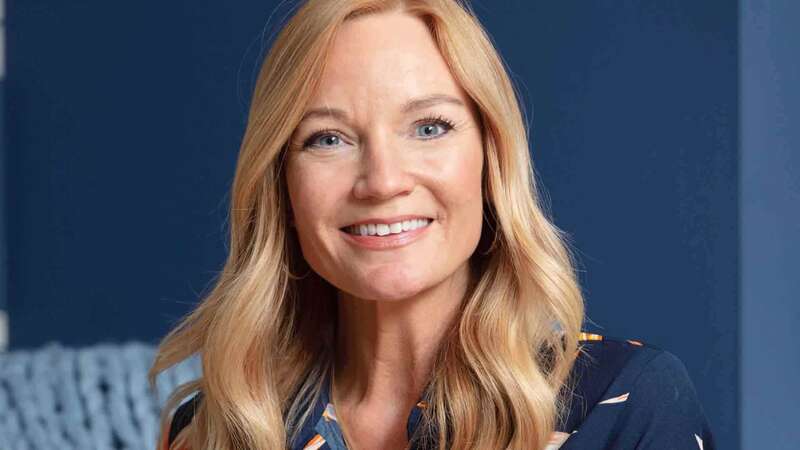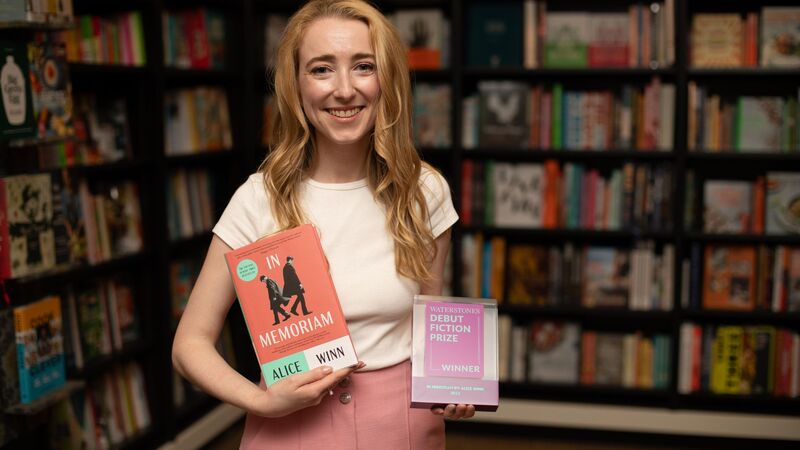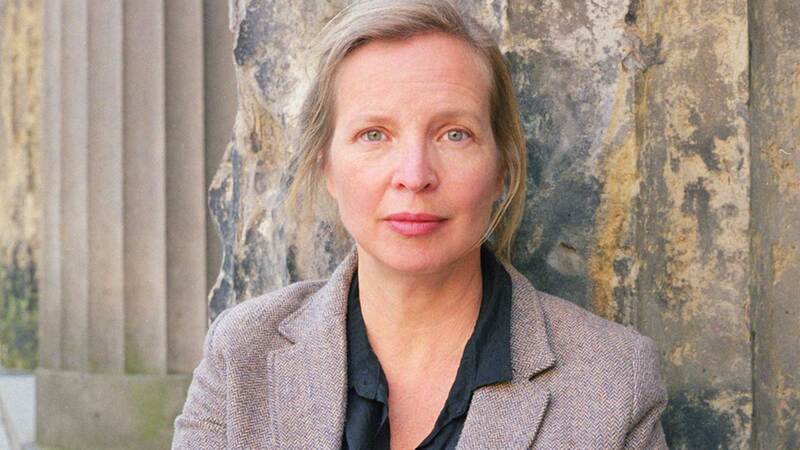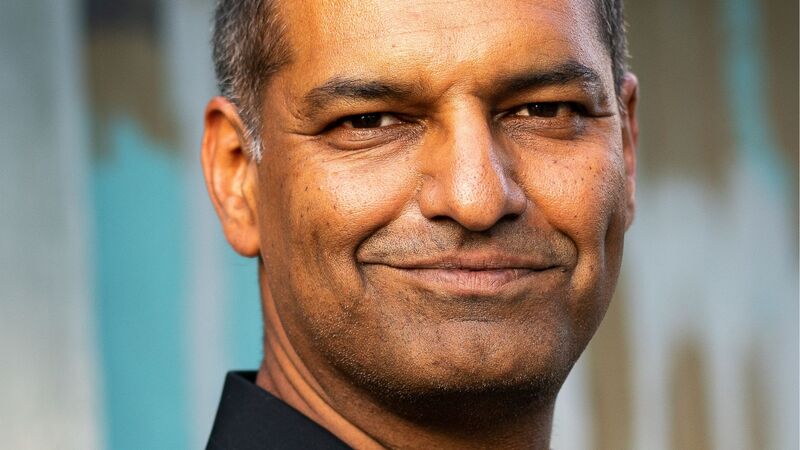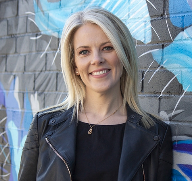You are viewing your 1 free article this month. Login to read more articles.
Laureate na nÓg Áine Ní Ghlinn takes up the role in unprecedented circumstances
Like a politician at the start of an election cycle Ireland’s Laureate na nÓg begins by setting out the overarching themes for their two-year tenure
Like a politician at the start of an election cycle Ireland’s Laureate na nÓg begins by setting out the overarching themes for their two-year tenure. Áine Ní Ghlinn, who succeeded Sarah Crossan in May, may have laid out the most ambitious plan to date: to bring Irish-language books and writers to the mainstream.
Somewhat surprisingly for a role whose official name is in Irish, Ní Ghlinn is the first author writing exclusively in the language to be appointed. And the laureate herself knows the enormity of the target she has set. She says: “For Irish-language writers, it is like we are under Harry Potter’s invisibility cloak. In Irish-language circles, people know my name, but outside of that some may know me from my [English-language] journalism work. But the vast number of booksellers across Ireland certainly wouldn’t know me or other Irish-language writers, as most don’t stock our books.”
There have been plenty of chances for booksellers to get to know Ní Ghlinn: she has written close to 30 Irish-language titles for children across picture books, non-fiction, middle grade and young adult, plus five poetry collections for adults. She has won armfuls of Irish-language book prizes and enjoyed crossover success, such as her YA novel Daideo (Cois Life) winning the fiction gong at the 2015 Children’s Books Ireland Book of the Year Awards, beating a shortlist of English-language titles.
Ní Ghlinn hopes to win the hearts and minds of children, parents and booksellers by showcasing the depth, breadth and sheer amount of talent in a very vibrant Irish-language children’s sector. There is some scope here, as while the number of those who use Irish daily as their main language hovers around 100,000, there is growing interest: in 2019, one in 12 students in Ireland’s schools was taught classes wholly in Irish, a record number. Irish is also a compulsory subject for all Irish secondary students, and in the last census 1.8 million people (roughly 40% ) claimed to be still able to speak it.
One of the initiatives Ní Ghlinn is developing (with the laureate backer Children’s Books Ireland and project manager Aingeala Flannery) is a book box, or small mobile library, of a curated selection of Irish-language children’s books to be given to schools. Ní Ghlinn says: “The problem is there is not that much widely available in Irish-language children’s books. Shops tend to just stock translations of David Walliams or Dialann Dúradáin [the Wimpy Kid series], or there are the Irish books you are forced to read for school. We won’t have any translations—not that they are bad, but the likes of Jeff Kinney already have a built-in market. Our box will be easily read, up-to-date, well-presented Irish-language titles. It’ll be reading for pleasure—not homework.”
The rolling out of that project into schools is very much up in the air, as Ní Ghlinn began her two-year stint inthe middle of the pandemic via a virtual announcement (indeed, she hasn’t yet been given the official medal, which the Laureate na nÓg is usually presented at the launch ceremony). There has been loads of publicity, and the writer has participated in numerous virtual events via Zoom, and recorded YouTube videos, too. “When I was a journalist I got very good talking to camera, so I’m comfortable with that. But it’s not the same as meeting children, teachers and parents in real life. And with Zoom it gets a bit exhausting—as a friend of mine said, you begin to dream in 2D from the shoulders up.”
The lockdown also has her concerned for the earnings of her fellow children’s authors. Like many Irish children’s writers, her own income comes from a variety of sources— book revenue, teaching at Dublin City University—but the main source is residencies, workshops and events at schools. She says: “The real loss will be in the autumn, as I don’t think schools will be bringing people in for events until next year. I have been lucky in that I now have the laureateship stipend. But it will be devastating for authors and I know plenty of people who have loss upon loss.”
A life in books
Ní Ghlinn grew up in a bilingual household in a rural village in County Tipperary. There was quite an age gap between her and her older sisters and the house was so remote that she rarely saw friends, except when she went to school. So Ní Ghlinn “lived in books. I lived the life of characters in books, lived in my head a lot. I invented characters, invented stories, never thinking that I’d ever write them down. I remember dreaming of writing a book, but never thought a small country child could achieve this. Sometimes I still have that hint of impostor syndrome.”
Ní Ghlinn read and wrote in both Irish and English and, as she was getting over that impost0r syndrome, an incident when she was 16 proved pivotal. She was visiting County Kerry on her holidays and after a cycling accident ended up in hospital in Dingle. She says: “The nurses were having a joke with me that this old seanchaí [Irish-language storyteller] had died in my bed and each night his ghost comes back. Sure enough, I woke up and there was this man at the edge of the bed, exactly as they described him.” Not a ghost, though, but a man from the adjacent carehome who seemed to be allowed to roam around the hospital. He was a storyteller, in fact the son of Peig Sayers, one of the best-known seanchaí and folklorists from the late 19th and mid-20th centuries.
She continues: “I had an absolute ball in hospital, with him telling me his stories beside my bed all day long. When I finally was leaving, he took me aside and said: ‘I want you to promise me that you’ll continue to write in Irish, because we need more Irish writers.’ And that stuck with me. At the same time I always felt more comfortable in Irish; I never felt English was my voice.”
She continued in Irish, particularly poetry, and at University College Dublin fell in with a community of like-minded Irish-language writers. After a few poems were published in literary journals and magazines, she was taken to the pub by a publisher “who I hardly knew. But he said, ‘I like your poems and I want to publish them. Do you have enough for a collection?’ I didn’t but I told him yes... if you are writing to deadline your output increases.”
There is concern that her output may decrease, though, as the next two years are going to be packed. She says: “The interviews I’m doing and the events are all wonderful, but there is a little bit of trepidation that my own writing might suffer. But if at the end of these two years if I can walk down a main street past a bookshop window and see even one Irish language book not in translation in the window; or if I have students coming in to college who have read Irish-language books for pleasure and not the ones they had to for exams, well, then I’ll think I’ve achieved something.”

